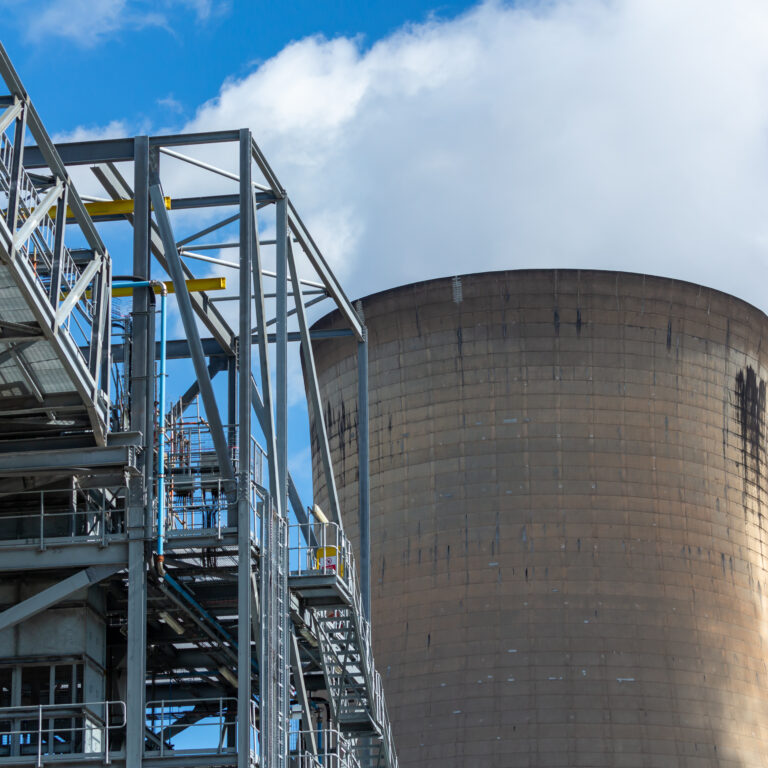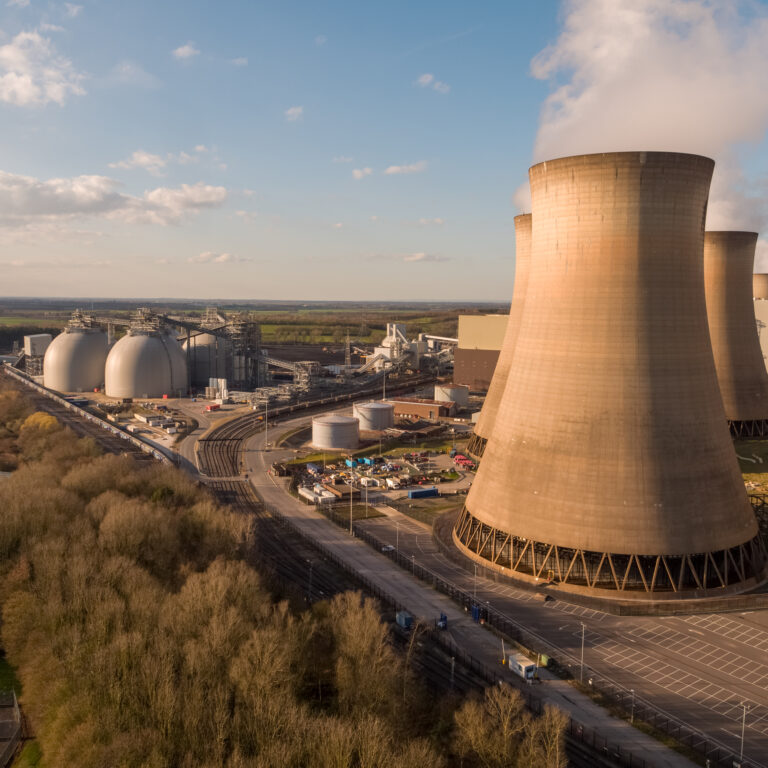The ‘Beast from the East’ exposed the country’s undue reliance on the biggest electricity interconnector with Europe, a new report shows. Despite Great Britain’s power demand surging as temperatures plummeted, the interconnector actually exported power to France on two of the coldest days – 28th February and 1st March.
The six days from February 26 to March 3 were the third coldest experienced this century. These freezing temperatures pushed up power demand 10 per cent as consumers and industry used more electric heating to keep warm.
In response to increasing demand and more limited supply, wholesale power prices surged five times the average for the quarter, peaking at £990 per MWh as the market became volatile.
However, despite surging demand and higher prices, Great Britain’s interconnector exported power to Europe on two of the six coldest days as prices on the continent rose even higher than the UK to meet increasing demand from French consumers, who use more electricity for heating than in the UK.
Great Britain’s’s interconnector with France can demand up to 2GW of the country’s demand – around 4 per cent. It represents 50 per cent of the UK’s interconnector capacity, with the remainder accounted for by transmission between the UK and the Netherlands, Northern Ireland and the Republic of Ireland.
The Drax Electric Insights report into the cold snap, published by researchers at Imperial College London in collaboration with Drax, also showed:
- Biomass and hydro ran solidly throughout the cold spell. Wind output was particularly high when it was most needed, ranging from 11.8 to 13.8 GW during March 1st.
- Coal generation surged for the weeks surrounding the cold spell, not because more output from conventional plants was needed, but rising gas prices made it more economical to burn coal than fire-up additional gas capacity.
Dr Iain Staffell of Imperial College London, who co-authored the report, said:
“March 1 was the coldest spring day on record, averaging -3.8ºC. These plunging temperatures put stress on the system due to surging demand. While thermal and renewable generation worked together to meet demand, Britain’s electricity link to France was less than helpful, which, ultimately, drove up wholesale power prices.”
Andy Koss, CEO of Drax Power, said:
“While the European interconnector is an an important part of Great Britain’s electricity infrastructure, it responds solely to price. Therefore, if Europe has a cold snap, the country is at the end of the line, leaving consumers vulnerable to security of supply and higher prices.
“As the country looks to procure future electricity capacity, the ‘Beast from the East’ is a reminder that security of supply must be the priority so that Great Britain doesn’t catch a cold when Europe sneezes.”
Drax has upgraded half of its power station in North Yorkshire from coal to use sustainable biomass, with plans to convert a further generating unit this year. It is now the biggest single site renewable generator in the country and the largest decarbonisation project in Europe.
Explore this data live on the Electric Insights website:
https://www.drax.com/us/beast-data
Read the report:
https://www.drax.com/us/energy-policy/the-beast-from-the-east
ENDS
Media contacts
| Ali Lewis
Drax Group Head of News T:01757 612165 |
Jessica Gorton
Drax Group Press Officer T: 07712 677177 |
About Electric Insights
- Electric Insights Quarterly was commissioned by Drax and is delivered independently by a team of academics from Imperial College London, facilitated by the College’s consultancy company – Imperial Consultants. The report analyses raw data that are made publicly available by National Grid and Elexon, which run the electricity and balancing market respectively. Released four times a year, it will focus on supply and demand, prices, emissions, the performance of the various generation technologies and the network that connects them.
- Along with Dr Iain Staffell, the team from Imperial included Professors Richard Green and Tim Green, experts in energy economics and electrical engineering, and Dr Rob Gross who contributed expertise in energy policy. The work to date has revealed scope for further research in this area, to inform both government and organisations within the energy industry.
- The quarterly reports are backed by an interactive website electricinsights.co.uk which provides live data from 2009 until the present.
About Drax
Drax Group plc plays a vital role in helping change the way energy is generated, supplied and used for a better future. Its 2,300-strong staff operate across three principal areas of activity – electricity generation, electricity sales to business customers and compressed wood pellet production.
The Group includes:
Drax Power Ltd, which operates the largest power station in the UK, based at Selby, North Yorkshire and supplies seven per cent of the country’s electricity needs. The energy firm converted from burning coal to become a predominantly biomass-fueled electricity generator. Drax is the biggest single site renewable generator in the UK and the largest decarbonisation project in Europe.
Haven Power, based in Ipswich, supplies electricity to large Industrial and Commercial sector businesses.
Opus Energy, based in Oxford, Northampton and Cardiff, provides electricity and gas to small and medium sized (SME) businesses.
Drax Biomass, is based in the US and manufactures compressed wood pellets produced from sustainably managed working forests, supplying fuel used by Drax Power Station in North Yorkshire to generate flexible, renewable power for the UK’s homes and businesses.
For more information visit www.drax.com/us








